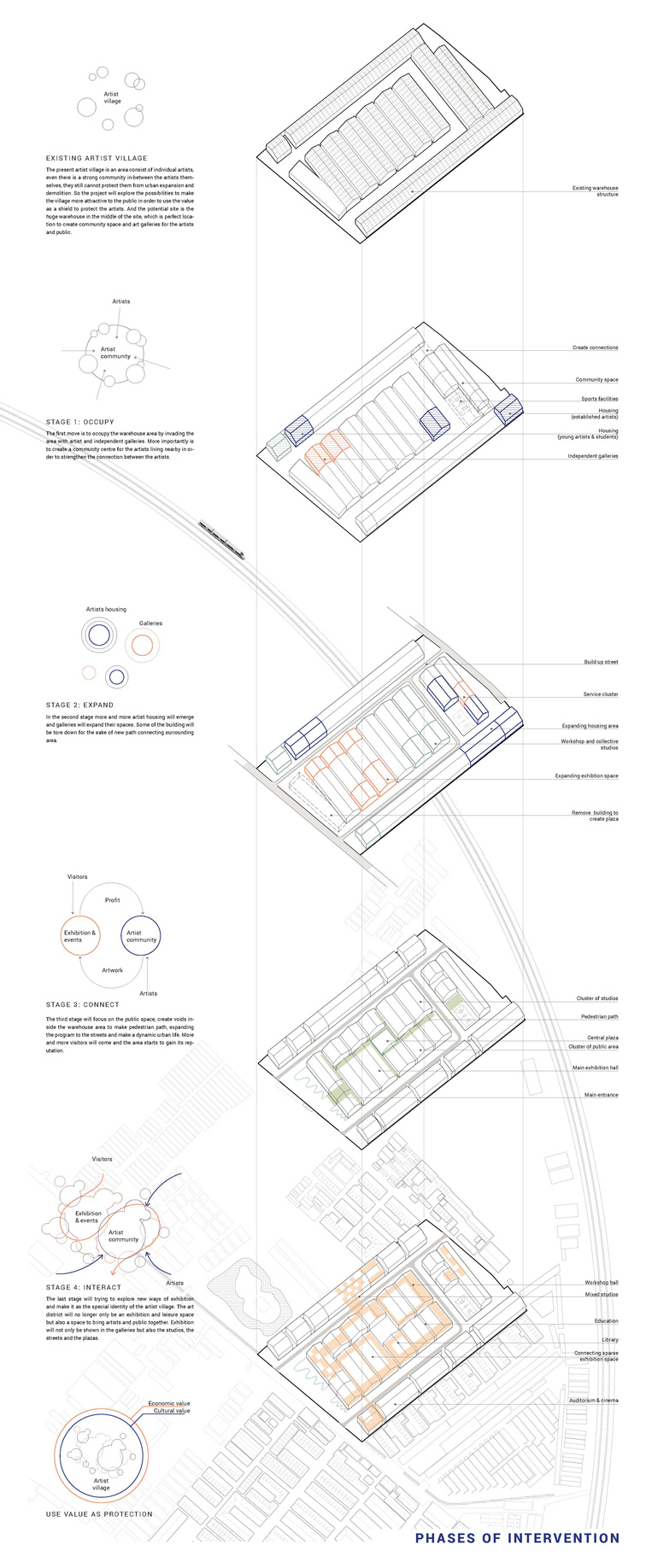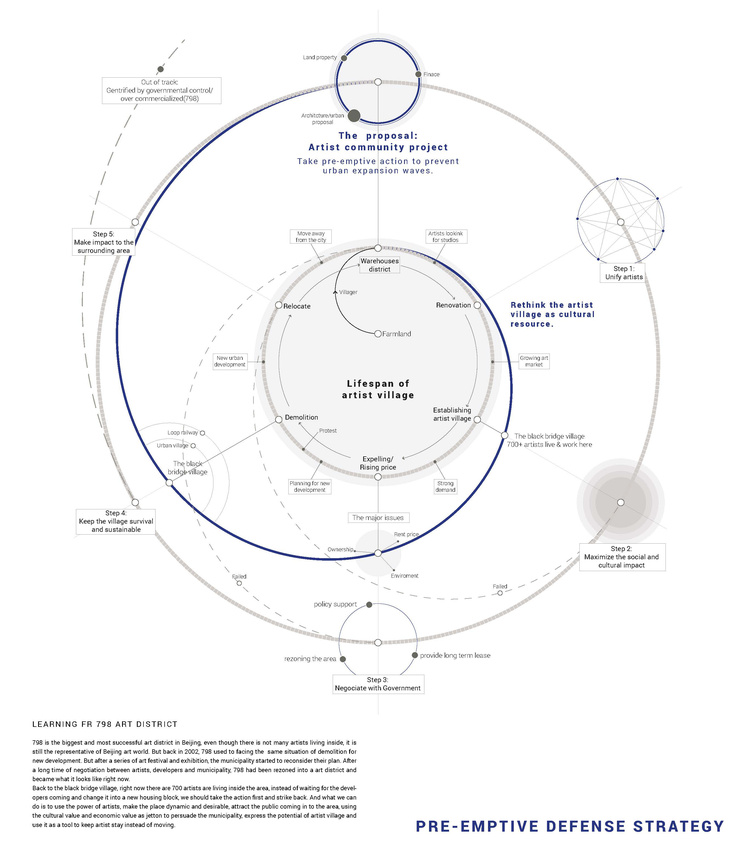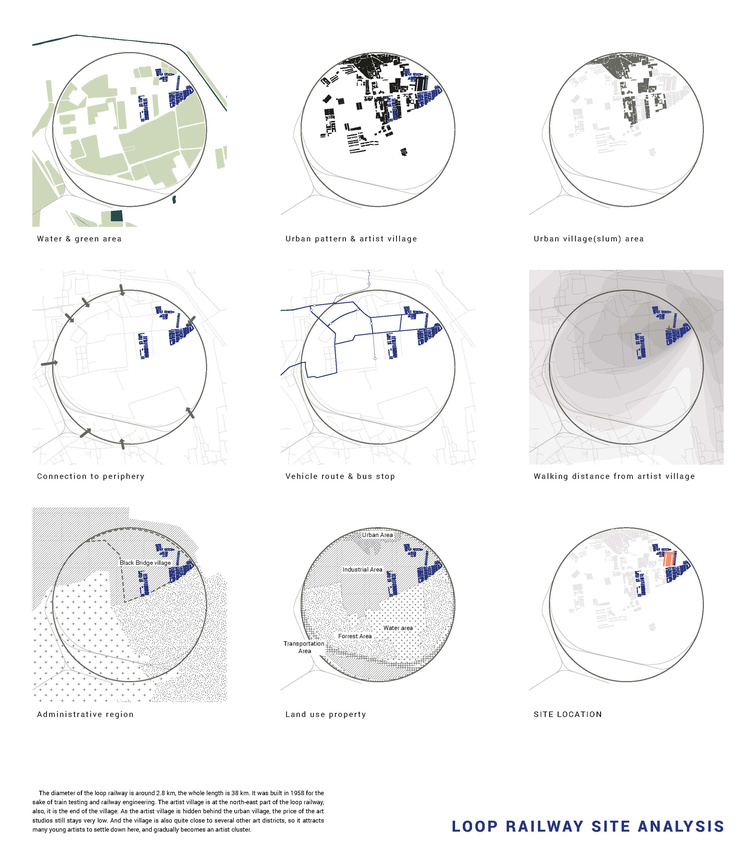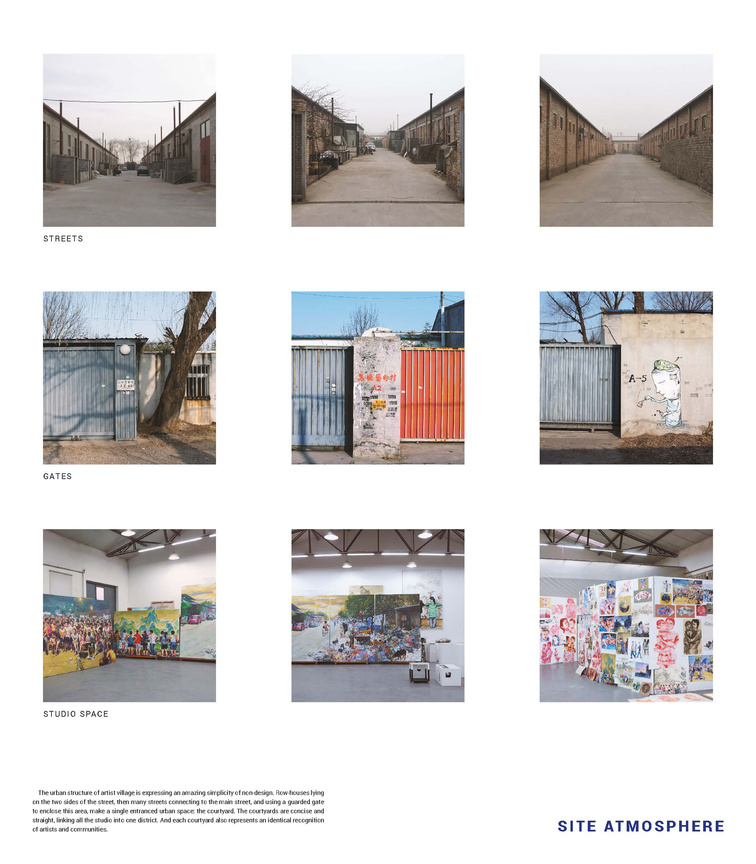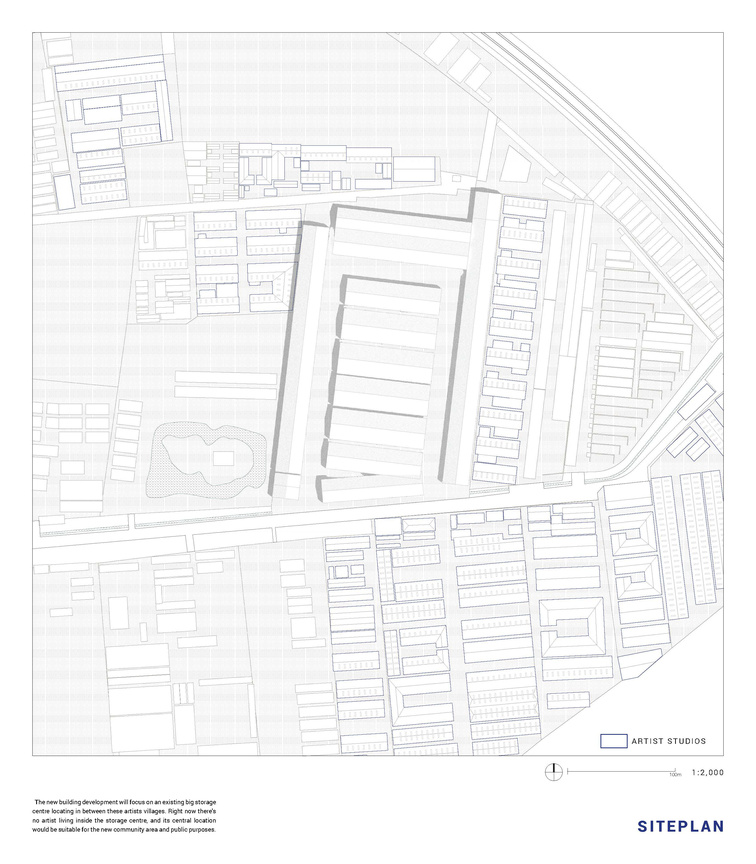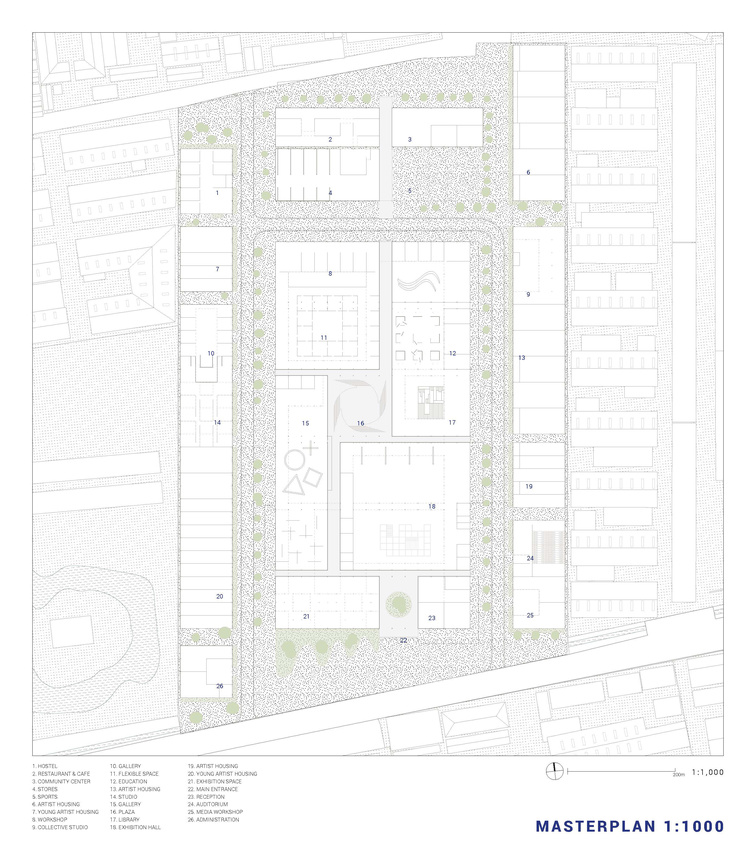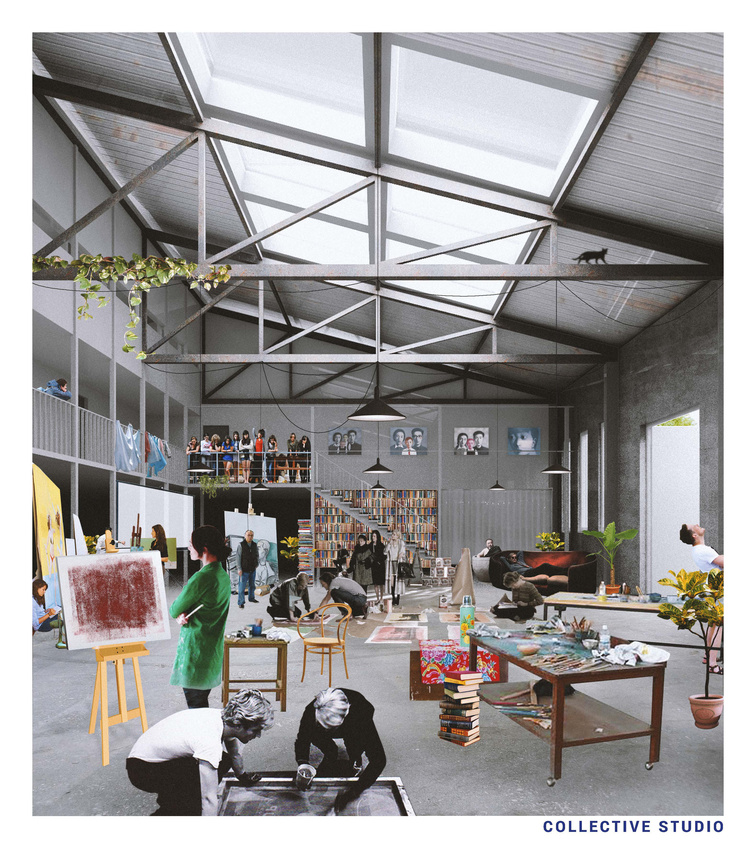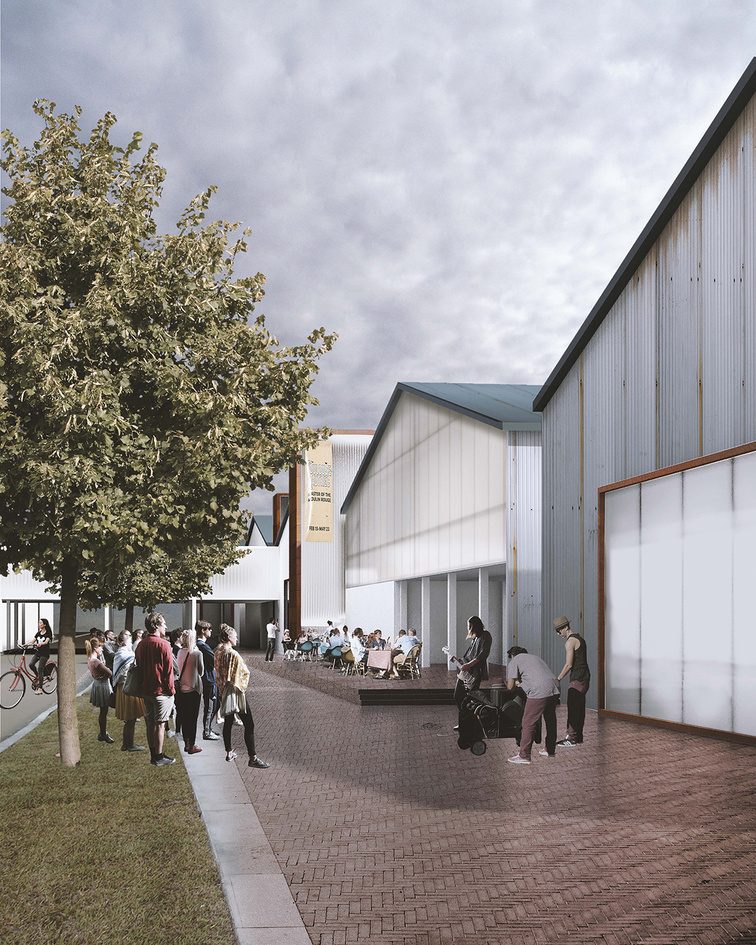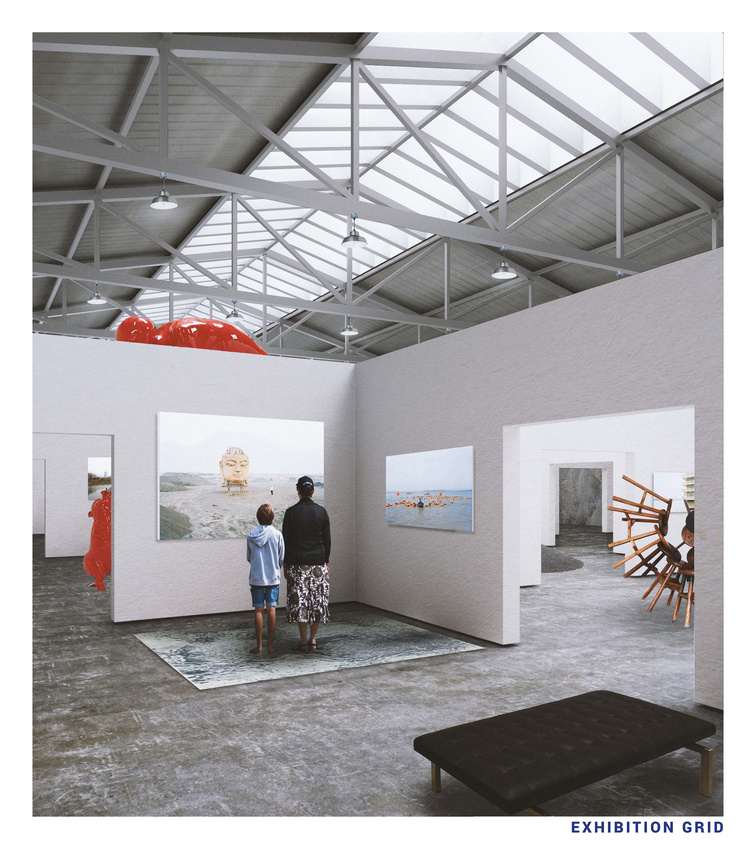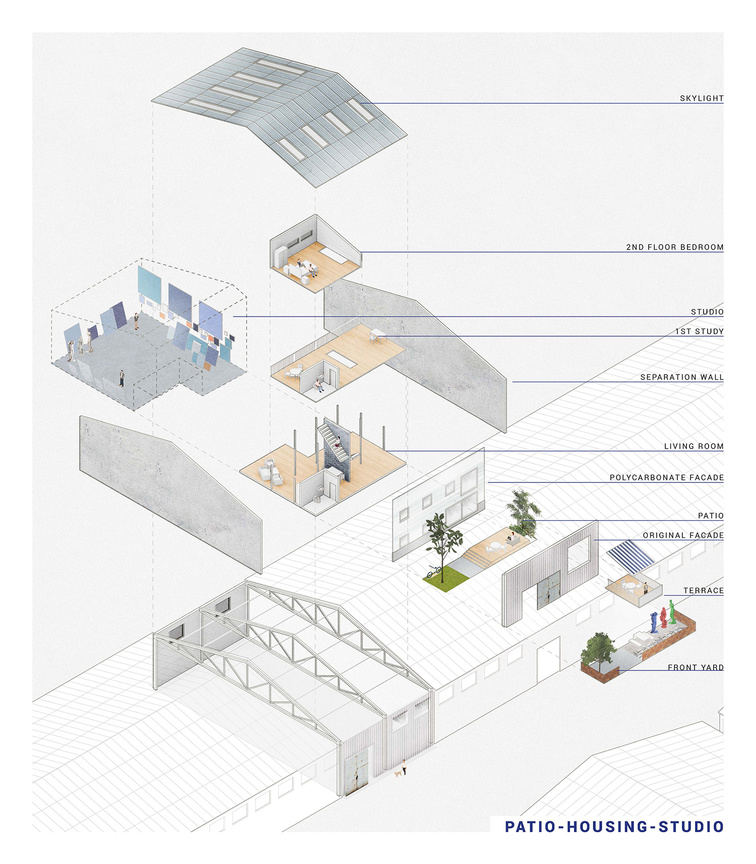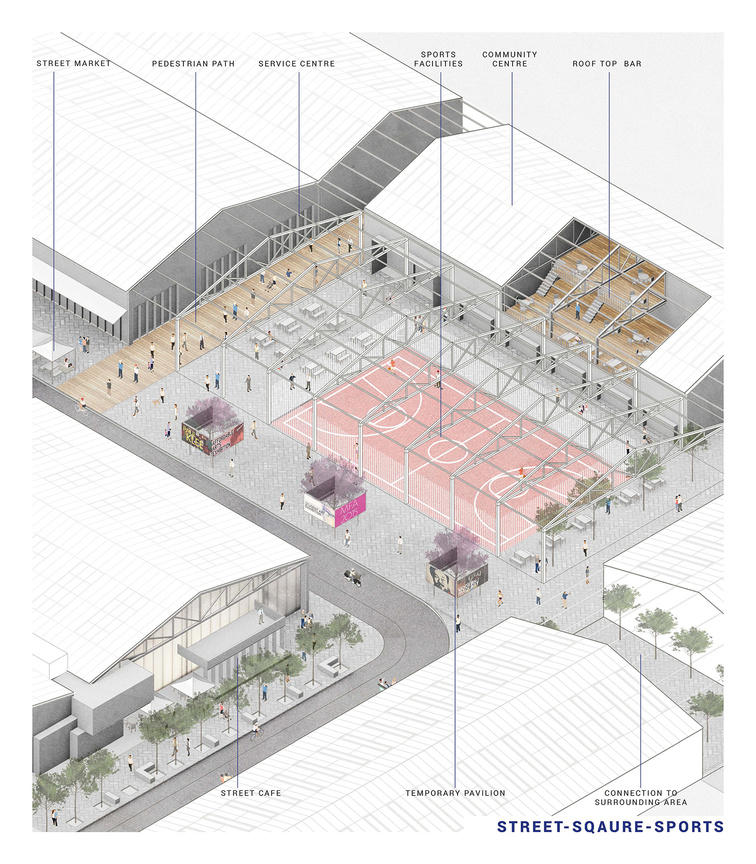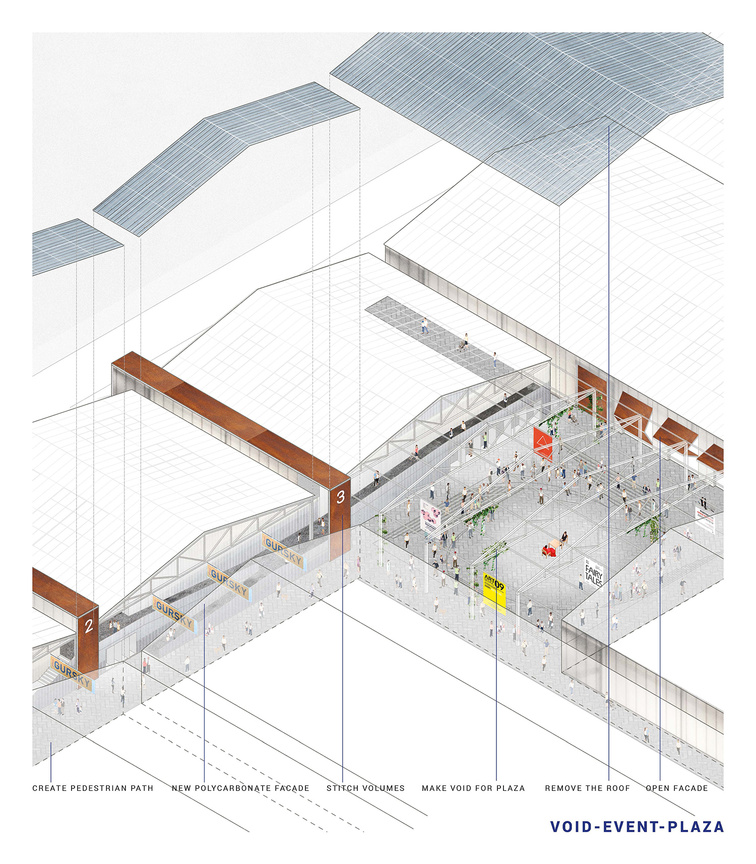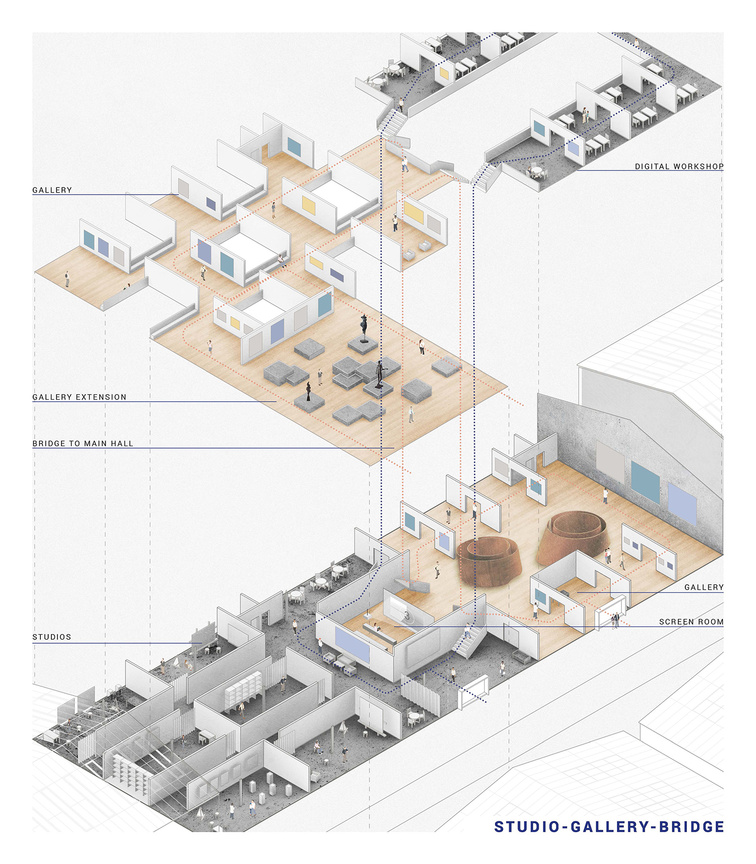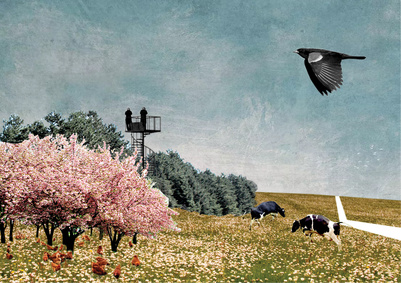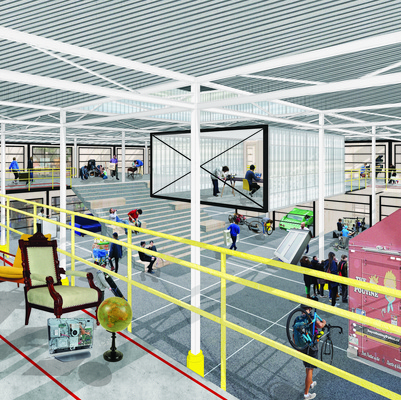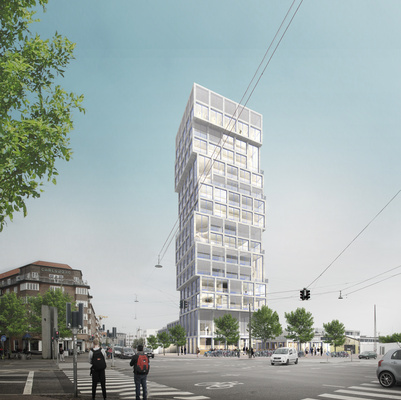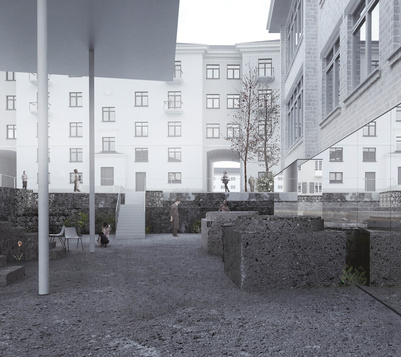Pre-emptive defense: Survival strategies of artist village
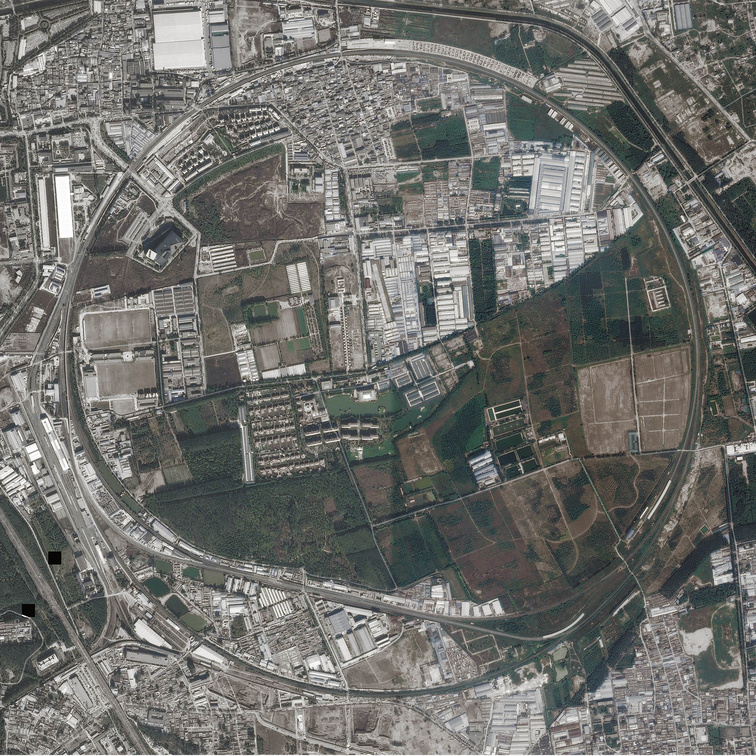
Art district, or Artists Village, is a new spatial outcome in China’s economic and urban transformation. Since China’s economic reform started in 1978, ideological and political control over art and culture have been gradually loosened, allowing exposure of Western avant-garde art to art enthusiasts. The rise of self-employment and easier migration has further allowed Bohemian artists to practice in their preferred cities. As such, China’s art villages started to take shape in the 1990s. Some well-known art districts artist villages, such as 798 art zone, Songzhuang in Beijing, have become artistic and cultural symbols in these cities.
Art villages in Beijing are a spatial outcome of China’s economic reform, characterized by loosened control over ideology, employment, migration and expression of ideas. The desire to develop creative urban economies in government policies provides further support to the growth of art activities. In the past two decades, art villages in Beijing emerged and prospered, presenting a new sector of urban development in China.
Anecdotal reports on this new urban outcome reveal that art villages accommodate art studios, artists’ residences, and galleries, where artists create, exhibit and sell their works. Visual artists, especially those working on contemporary art rather than traditional painting, dominate the resident population. As artists who not only look for an affordable place but also spacious studio space now resides in these post-industrial warehouses as their temporary solution for workspaces. But as the agenda of urbanization keeps invading city fringe in major Chinese cities, artist villages inevitably became the target of new urban development, which has a great value as a creative area. In the process, many artists have to move away from the city for an affordable place to work and live.
Along with the art market in china became the biggest art market in the world, more and more artists starting to settle down in periphery area of Beijing, the cultural centre of china. The cheap and spacious warehouses became the most suitable place for artist studios, but as the city expanding rapidly, many of the artists dwellings were demolished due to urban expansion. The thesis project will focus on the biggest artist village inside Beijing urban area as a experimental site to test different possibilities in order to keep the artists away from demolition. And the only way to do this is to take action first, by making a four stages development and a coherent strategy, the project will use architecture and urban deisgn as a tool to explore the potential of the artist village, and use it as a weapon to keep the artist villages away from demolition.
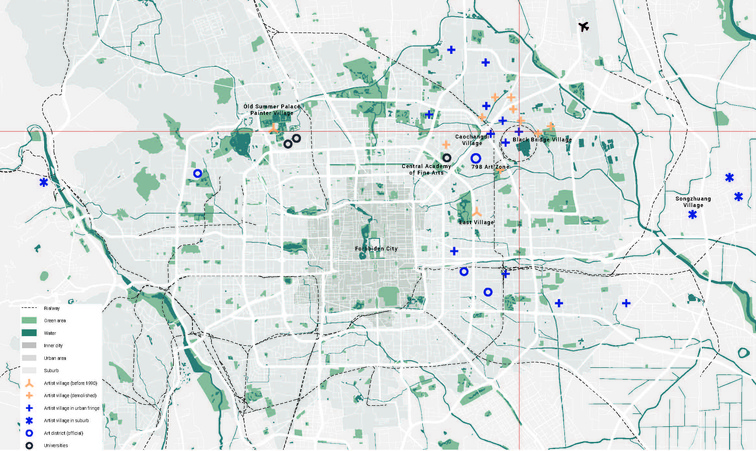
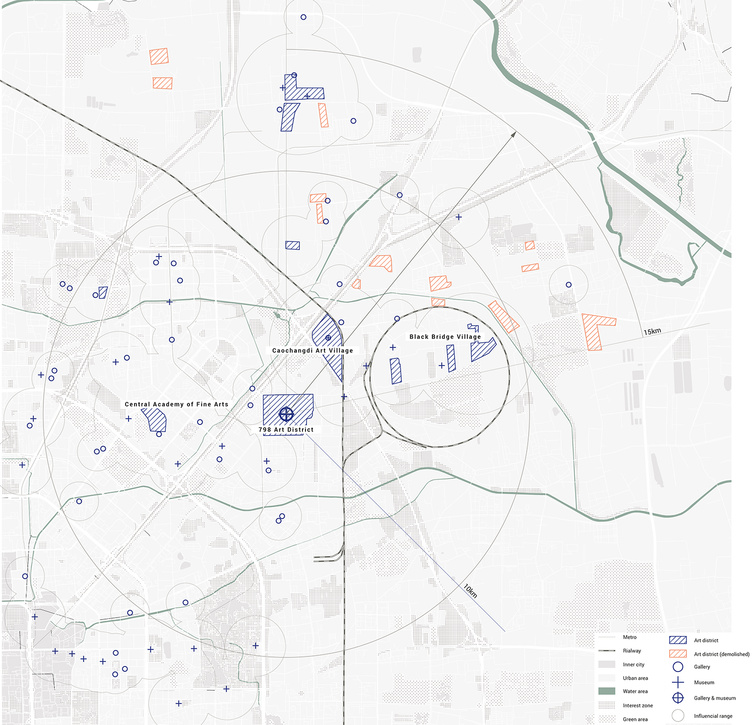

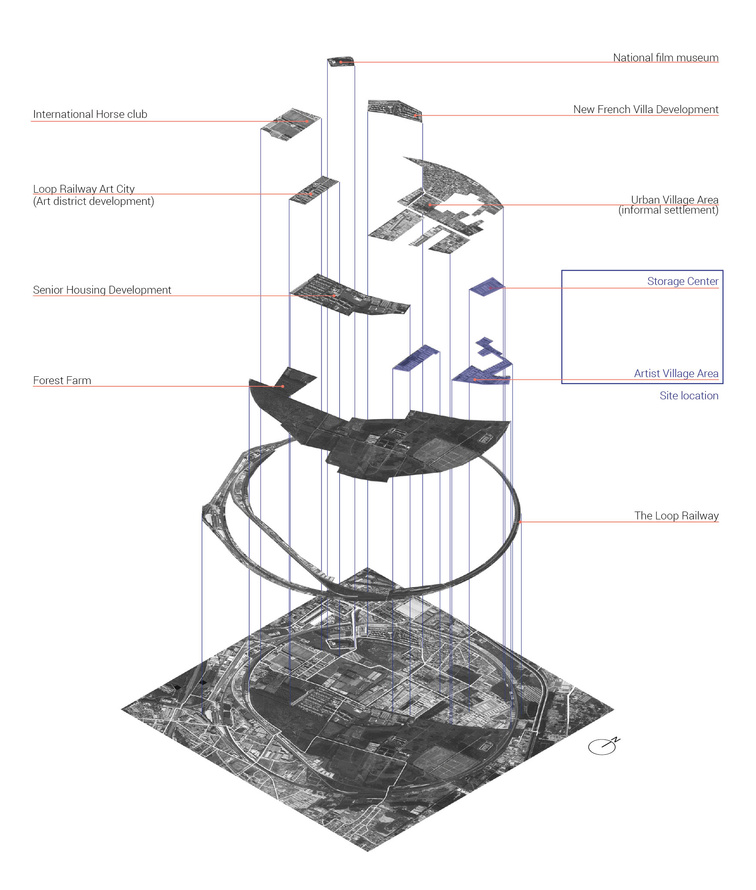
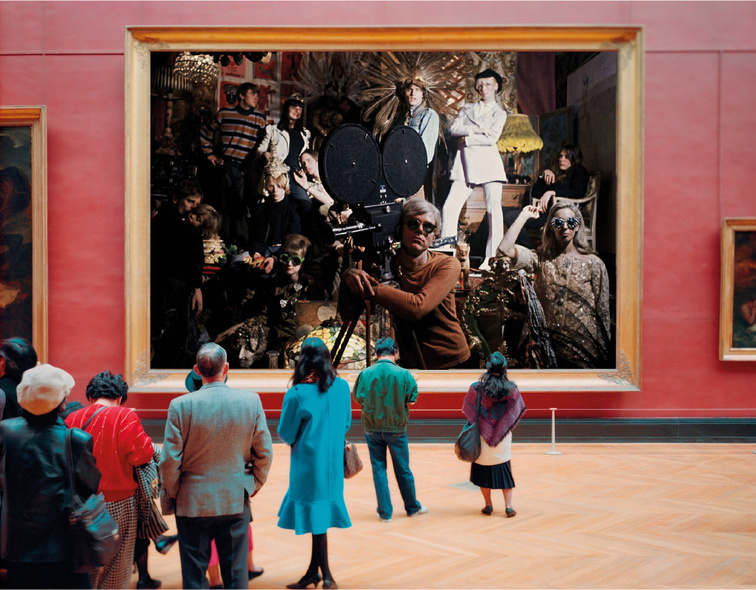
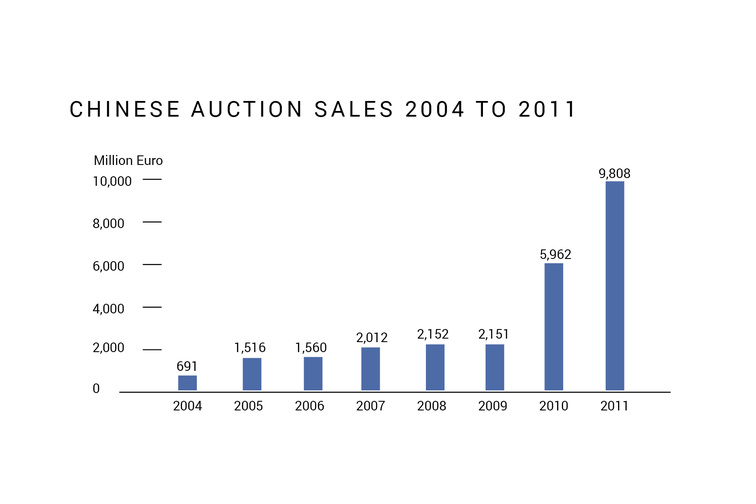

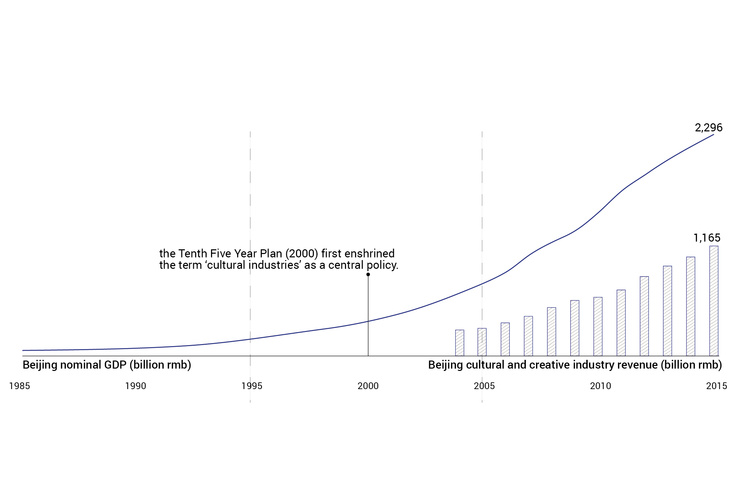
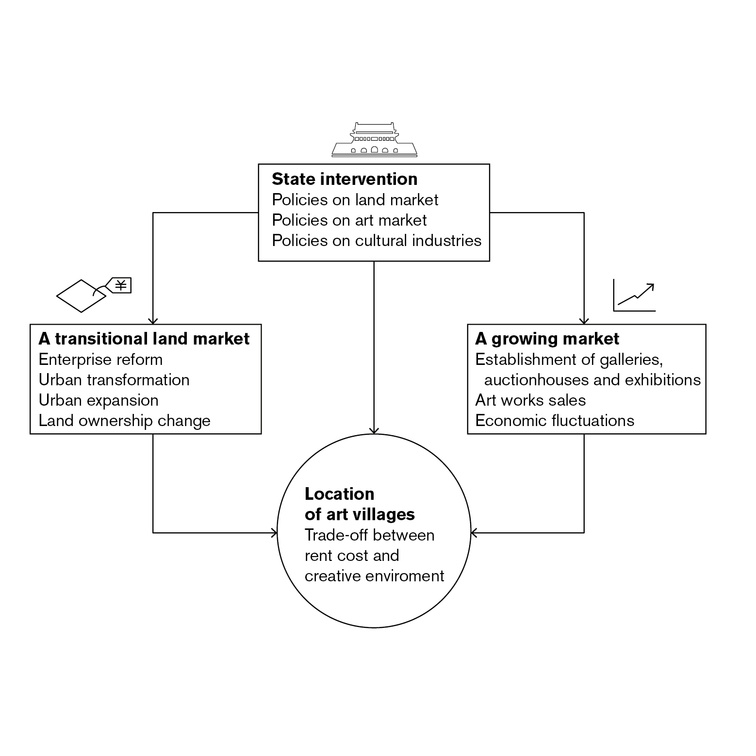
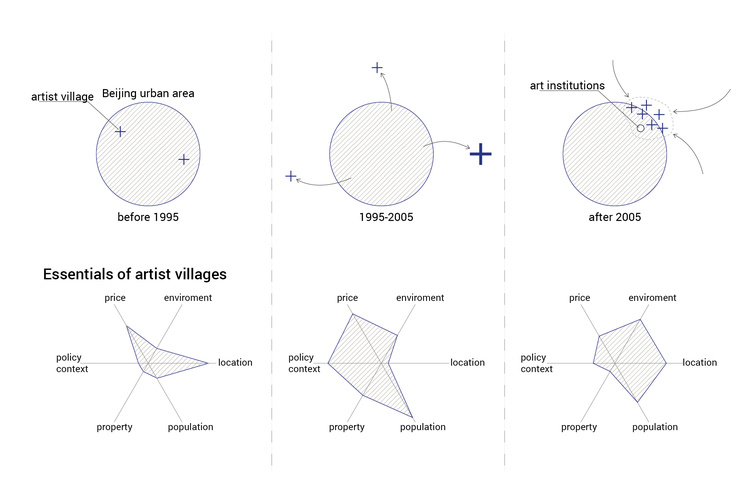
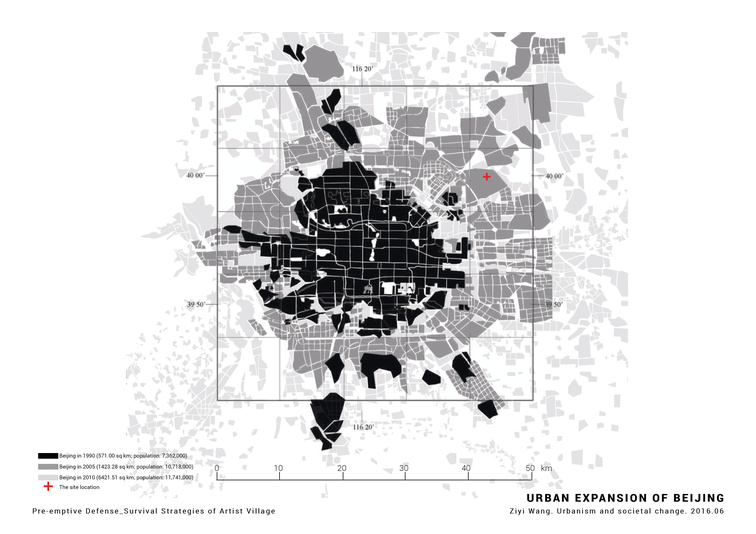
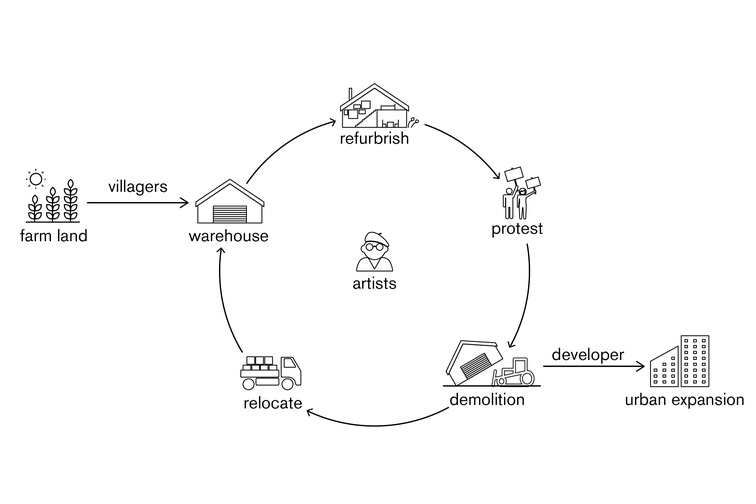
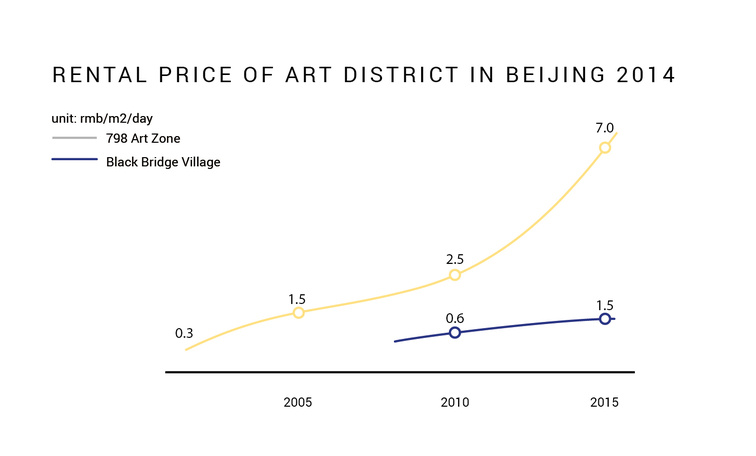
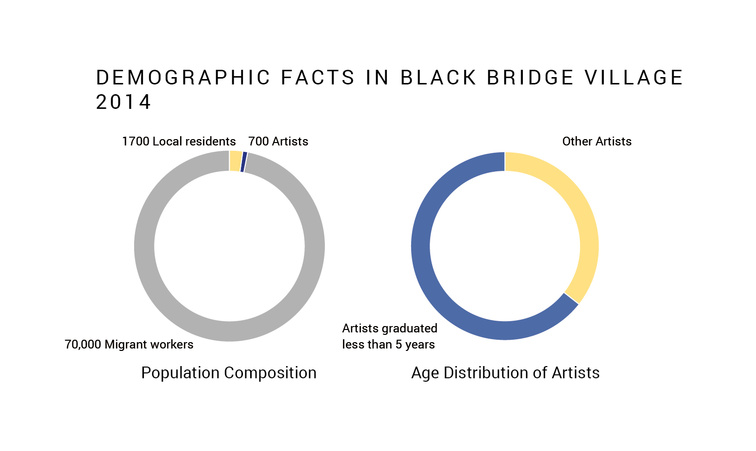
798 is the biggest and most successful art district in Beijing, even though there is not many artists living inside, it is still the representative of Beijing art world. But back in 2002, 798 used to facing the same situation of demolition for new development. But after a series of art festival and exhibition, the municipality started to reconsider their plan. After a long time of negotiation between artists, developers and municipality, 798 had been rezoned into a art district and became what it looks like right now.
Back to the black bridge village, right now there are 700 artists are living inside the area, instead of waiting for the developers coming and change it into a new housing block, we should take the action first and strike back. And what we can do is to use the power of artists, make the place dynamic and desirable, attract the public coming in to the area, using the cultural value and economic value as jetton to persuade the municipality, express the potential of artist village and use it as a tool to keep artist stay instead of moving.
